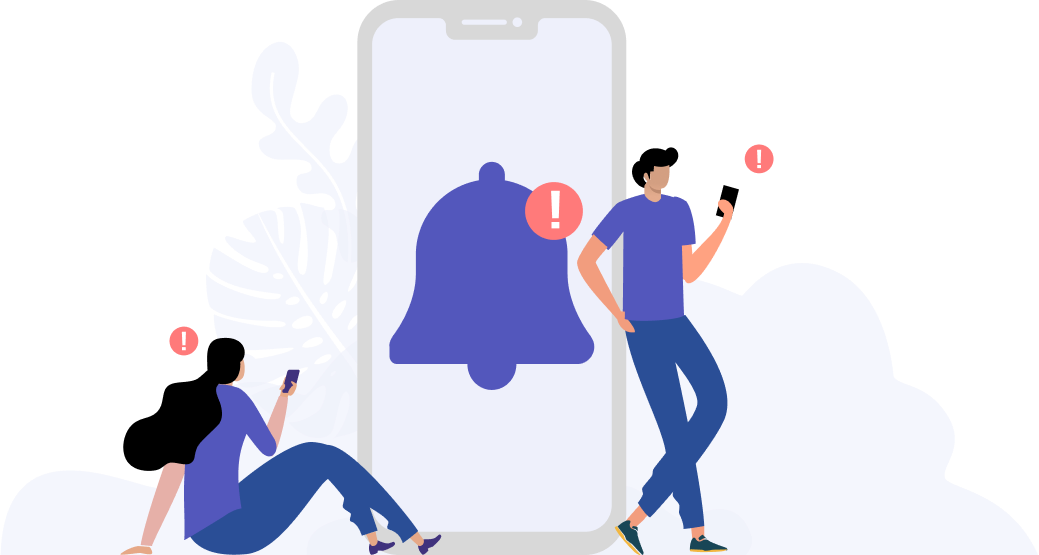Myopia: The silent epidemic that’s taking over the world

A silent epidemic has been sweeping the world, affecting the health of millions. We may not be aware of it yet, but we should be – 2 billion people worldwide have already been affected.
We’re talking about myopia, or short-sightedness, a condition where people have difficulty seeing objects at a distance. It may seem insignificant, but half of the world’s population, or 5 billion people, is expected to be short-sighted by 2050.
If that doesn’t concern you enough, by 2050, about 1 billion, or one-fifth of those with myopia, are likely to develop high myopia, a form of severe short-sightedness. This condition greatly increases the risk of developing other eye diseases such as cataracts, glaucoma and retinal detachment, and can even lead to blindness.
Blindness is irreversible. While silent, the onset of myopia takes away one of the fundamental human senses: to see.
What fuels the Myopia Epidemic?

So what contributes to the development of myopia? Some of the contributing factors include lifestyle factors, according to experts. Technologies, such as smartphones, tablet computers and laptops are becoming increasingly important in our daily lives.
Barely an hour goes by before you need to use your device for school, work or leisure. Focusing on near work and looking at screens for hours each day while not spending sufficient time outdoors, are considered to be major contributors to the myopia problem.
So all those hours your children spend on their devices without taking breaks to go outside are actually damaging your children’s eyes. Not monitoring your child’s device usage can result in greater vulnerability in developing myopia.
Stopping the epidemic in its tracks
The scenario may seem dire, but there are ways to manage myopia in children.
An effective way would be changing your children’s lifestyle habits. Reducing children’s screen time and ensuring they get 2 hours of outdoor activity every day is particularly important in early childhood. Good strategies also include ensuring your children do not hold their devices too close to their faces, and increasing their outdoor time where they can look at objects that are further away. A parental control app that allows you to keep track of your children’s screen time is also a good investment that can give you peace of mind even when you are away from your child.
Tools Designed for Healthier Eyes
Explore our specifically designed products and services backed by eye health professionals to help keep your children safe online and their eyes healthy.





